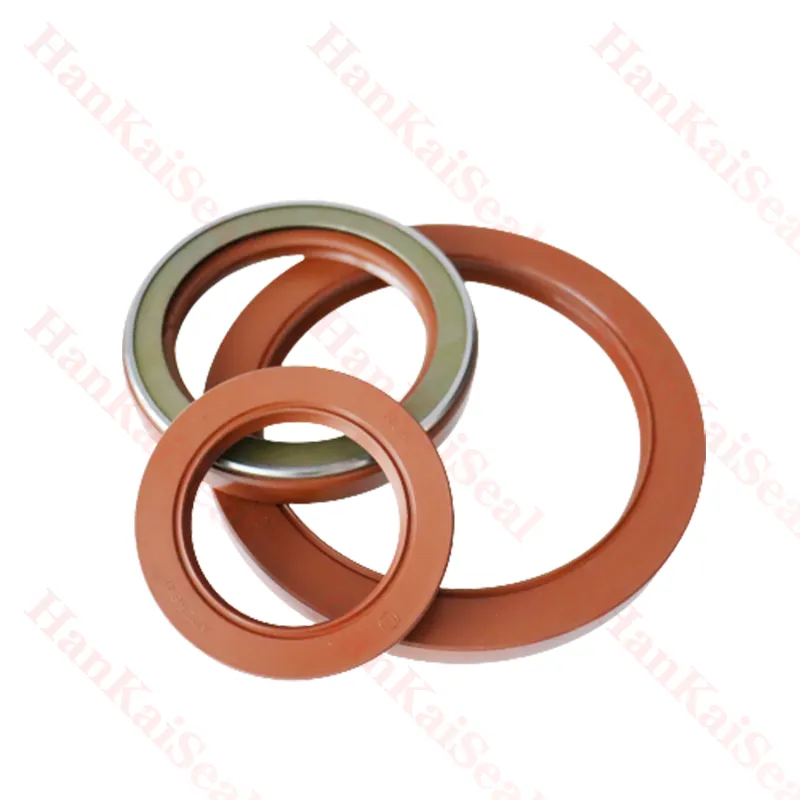İyl . 27, 2024 15:11 Back to list
Understanding the Importance of Rear Wheel Hub Seals for Vehicle Performance and Maintenance
Understanding Rear Wheel Hub Seal Importance, Function, and Maintenance
The rear wheel hub seal is a crucial component in the automotive world, playing an essential role in the overall performance and longevity of a vehicle. While it may often go unnoticed by the average driver, understanding its significance can prevent costly repairs and enhance vehicle safety.
What is a Rear Wheel Hub Seal?
The rear wheel hub seal is designed to protect the wheel hub assembly from dirt, dust, and moisture that could otherwise enter and damage internal components. Located at the rear of the vehicle, it serves as a barrier to prevent grease or lubricant from leaking out of the hub and keeps harmful contaminants from causing wear and tear on the bearing assembly.
Functionality of Rear Wheel Hub Seal
The primary function of the rear wheel hub seal is to provide a secure, impermeable seal around the bearings. This is necessary because the bearings in the wheel hub are subjected to heavy loads and continuous motion. If moisture or debris enters the bearing assembly, it can lead to corrosion and premature wear, which can compromise the safety and handling of the vehicle.
In addition to protecting the bearings, the rear wheel hub seal helps maintain the proper lubrication levels within the hub assembly. The grease inside the assembly not only lubricates the bearings but also reduces friction and heat generated by the moving parts. A proper seal ensures that this lubricant remains intact, thereby extending the life of not just the seal itself but also the bearings and the wheel hub.
Signs of a Failing Rear Wheel Hub Seal
Being aware of the signs of a failing rear wheel hub seal is crucial for any vehicle owner. Some common symptoms include
rear wheel hub seal

1. Oil or Grease Leaks If you notice a puddle of grease underneath your vehicle, it may indicate that the hub seal is compromised and allowing lubricant to escape. 2. Noise from the Rear Wheels A failing seal can result in bearing wear, leading to grinding or rumbling noises that may become more pronounced when turning.
3. Wheel Play Excessive play or wobbling of the rear wheels may suggest that the bearings, protected by the seal, are not functioning correctly.
4. Temperature Increase Overheating of the rear wheels during normal driving conditions can be a warning sign of inadequate lubrication due to a faulty seal.
Maintenance and Replacement
Regular maintenance checks are essential in ensuring that your rear wheel hub seals remain in good condition. During routine inspections, mechanics often look for signs of wear and leakage. If a seal is found to be compromised, it is generally advised to replace it promptly to avoid more extensive damage.
Replacement of the rear wheel hub seal typically involves removing the wheel, brake components, and hub assembly. New seals should be installed with care to ensure they fit snugly and correctly. It’s important to use high-quality seals that meet or exceed OEM specifications to guarantee reliability.
Conclusion
Although the rear wheel hub seal may seem like a mere component, its role in the integrity and functionality of your vehicle is significant. By understanding its importance and keeping an eye out for signs of failure, drivers can maintain their vehicles better and enhance their overall safety on the road. Regular maintenance and timely replacement can save time, money, and ensure smooth driving for years to come. Remember, taking care of the small things often leads to the best outcomes in vehicle performance.
-
Durable 22x35x6 TCV Oil Seals: FKM & NBR for Hydraulic Pumps
NewsSep.01,2025
-
Cassette Seal 15018014.5/16 Hub Oil Seal | OEM Quality 000051785
NewsAug.31,2025
-
DKBI Hydraulic Wiper Seal 20x32x6/9 | Dustproof & Standard Oil Seal
NewsAug.30,2025
-
Eaton 5423 6423 Motor Repair Seal Kit: Premium Quality & Fit
NewsAug.29,2025
-
25x47x7 High Quality Tcv Oil Seal for Hydraulic Pump
NewsAug.28,2025
-
Wiper Oil Seal: Our Commitment to Clean Hydraulics
NewsAug.13,2025
-
Hydraulic Oil Seal for Self Discharging Cars
NewsAug.13,2025
Products categories
















